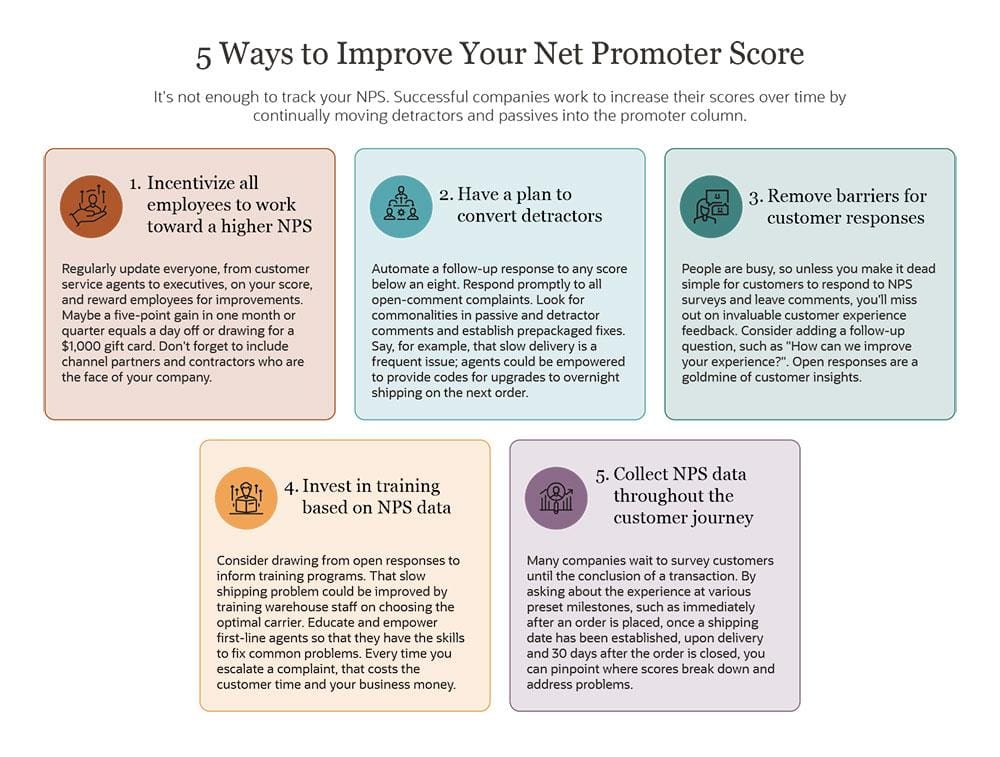" Data Driven Thinking ", written by members of the media community, offers a new perspective on the digital media revolution.
Today's column is written by Michael Morris, co-founder of Hyperlocal .
The digitization of advertising has given marketers access to easily quantifiable metrics to measure their effectiveness. This has led to the creation of the affiliate software category, which helps brands and marketers understand how their campaigns are performing on each channel by measuring key performance metrics such as clicks, cost per acquisition, and conversion rates.
These KPIs have a place in the marketing strategy. But digital marketing has become too focused on proxy KPIs instead of the most important metric: revenue.
Tracking digital KPIs has led to strategic mistakes by marketers. They are pursuing transformations that don't generate revenue, retaining old strategies because they focus on process over measurement, and cutting costs when it would be more beneficial to focus on increasing revenue.
Incorrect conversion tracking
Many marketing teams measure their success based on numerical metrics such as CPA, CPL, ROI, and ROAS. As a result, marketers' efforts to achieve often inflated KPI targets have become more focused (through various lower funnel strategies) on increasing online conversions.
This proxy system does not include additional income. Instead, they try to capture the impact of a particular form of marketing, which allows them to put the finishing touch.
For example, consider a retailer with five stores in a particular market area (DMA). The retailer pays the marketing agency to calibrate the ad against this DMA. If an agency is struggling to reach its core KPI (ad-related sales growth), it can artificially inflate that number by retargeting past customers or tracking funnel conversions that happen without marketing. Thus, it turns out that the company has contributed to improving the effectiveness of marketing, but the retailer does not benefit from increased revenue.
The independent variable in performance analysis should be a true test of marketing quality (e.g. creativity, time of day, even product or service offering) and not just manipulation of the target audience for simple purposes like budget allocation and repeat customers.
Keep Outdated Strategies
By focusing on performance KPIs, underperforming strategies can be sustained.
For example, agencies have historically charged clients based on the number of full-time employees needed to process an appointment. As long as the agency adheres to its agreements, the client can continue to fulfill its agency obligations. But the situation can become very inefficient as automation can handle many of the tasks that agencies used to have to hire in-house staff.
Automation can help by allowing marketers to create more targeted campaigns. For example, it can help brick-and-mortar retailers create campaigns for places that would otherwise not be possible, depending on the number of employees required. Rolling out these more granular campaigns automatically generates stronger results and saves staff time that would otherwise be wasted chasing digital futility metrics.
Therefore, there must be a twofold improvement in marketing relations: either the cost of labor must be reduced, or the agency must transform people's free time into increasing creativity, identifying new market opportunities, or other tasks that require ingenuity.
If marketers are short-sighted and evaluate their marketing strategy solely on performance KPIs, they may miss out on these opportunities to improve efficiency and productivity. It is not enough to see the metrics on the dashboard. Marketers need to look at the human processes that drive these metrics.
Focus on efficiency, not progress
Finally, while marketers use KPIs to actually improve business processes, these metrics often increase efficiency through business growth and improved relationships with existing customers.
Consider a performance marketing strategy based on increasing conversions while lowering acquisition costs on Instagram. It looks like this strategy might work. More conversions are generated and the advertiser spends less on getting them, which increases the ROI.
This focus on efficiency creates a vicious circle. Advertisers expect unreasonable CPAs. Agencies and suppliers are forced to live up to these expectations, so they win easily. Marketing dollars keep rolling in, but advertisers are getting more efficient with Instagram ads without growing their business, and agencies will eventually hit the ceiling when it comes to effectively targeting clear decisions.
To guard against this chain of error, marketers must test their marketing measurement program to ensure that it is not biased following false wins. They should develop customer relationships throughout the funnel, rather than relying on end-of-the-funnel tactics that often give the appearance of effectiveness and subtly undermine brand value.
Follow Hyperlokologia ( @Hyperlokologia ) and AdExchanger ( @adexchanger ) on Twitter.

